Chapter 2, Part 6
Far from the heartland of Arabia where it was born, Islam reached the farthest side of the world known by the Arabs as Tsin, China. Muhammad himself in a popular but not necessarily reliable hadith (reports describing Muhammad’s words, actions, and habits) said that Muslims must seek knowledge even unto China, enough reason for his followers to travel to the country. However it was trade that fueled Arab and Persian voyages to China, a land that has been known for its lucrative trade and economy, even until today.
In the seventh century, when China was ruled by the Tang dynasty, Islam arrived in China by way of Canton, present-day Guangdong province which is home to the first mosque in the country. Similar to the introduction of Islam in Southeast Asia, the new religion spread in the middle kingdom in peaceful ways as opposed to wars and conquests by which it was spread in South Asia, the Middle East, and North Africa.
Over centuries encompassing four ruling dynasties – Tang, Song, Yuan, and Ming – Muslims in China grew from a community of traders to one holding important positions in the government. The founder of the Ming dynasty had several Muslims as his trusted generals, and the fourth emperor of the dynasty, Yongle, who ruled in the early 15th century commissioned one of the most important, and arguably the most ambitious, sea expeditions in Chinese history, led by a Muslim admiral.
Zheng He, also called Cheng Ho, was a Muslim eunuch who became an adviser to Zhu Di, a Ming dynasty prince who would ascend the throne as Yongle emperor after defeating the previous emperor, his own nephew. Zhu Di’s ascension provided Zheng He with a bigger and more important role in the government. In 1405, the Yongle emperor commissioned a series of seven sea voyages to the Indian Ocean to establish a Chinese presence far beyond their realm as well as to project Chinese wealth and power to the known world.
Within the span of almost three decades, Zheng He’s expeditions brought him to kingdoms, sultanates, and lands in Southeast Asia, South Asia, the Arabian peninsula, and the eastern coast of Africa, dispensing Chinese cultural artifacts along the way and bringing home exotic items and animals, from spices to ivory, ostriches and giraffes. His treasure fleet was so massive that a combined fleet of Christopher Columbus’ and Vasco da Gama’s would easily fit in one Zheng He’s treasure vessel. Baochuan, or the treasure vessel, was in fact the biggest wooden vessel ever made on the planet.
Not only trade and commerce, Zheng He was also involved in several armed conflicts along the route, including an encounter with the notorious Cantonese pirate, Chen Zuyi, who at that time posed a perennial threat to the trade activities in the Strait of Malacca. Zheng He successfully defeated the pirates and brought security to the important trade route which today is still one of the world’s busiest sea routes.
On his first voyage, Zheng He visited Java where Islam was beginning to gain grounds and gradually replacing Hinduism as the major religion on the island. He returned to Java on his second, third, fourth, fifth, and seventh voyages, making Surabaya, Gresik and Tuban on the eastern coast of the island his usual ports of call. Semarang, located on the northern coast of the central part of Java, was never mentioned in any historical account of places Zheng He visited. However a popular legend among the local residents suggests otherwise.
Legend has it that Zheng He set the foundation of Sam Poo Kong temple in Semarang at the banks of Kaligarang river. The temple was destroyed by a landslide in the 18th century and was rebuilt several decades afterward. By the 19th century a local landlord purchased the land where Sam Poo Kong stood, and charged those who visited the temple with a hefty entrance fee. In response to this, the devotees moved a statue of the great Chinese admiral to Tay Kak Sie, a much smaller temple located within the city’s Chinatown.
Today a giant statue of Zheng He sits on a corner of Sam Poo Kong’s vast courtyard, and a smaller statue of him is placed right in front of Tay Kak Sie. Both temples are testaments to the thriving Chinese community of Semarang, Indonesia’s fifth largest city with a population of a little less than two million people. Regardless the dubious accounts of his visit, the veneration of Zheng He by the locals help cement the city’s cultural integration, making Semarang synonymous with delectable Chinese Peranakan dishes and a largely peaceful multicultural society.
Click here for the full list of stories from the Spice Odyssey series.

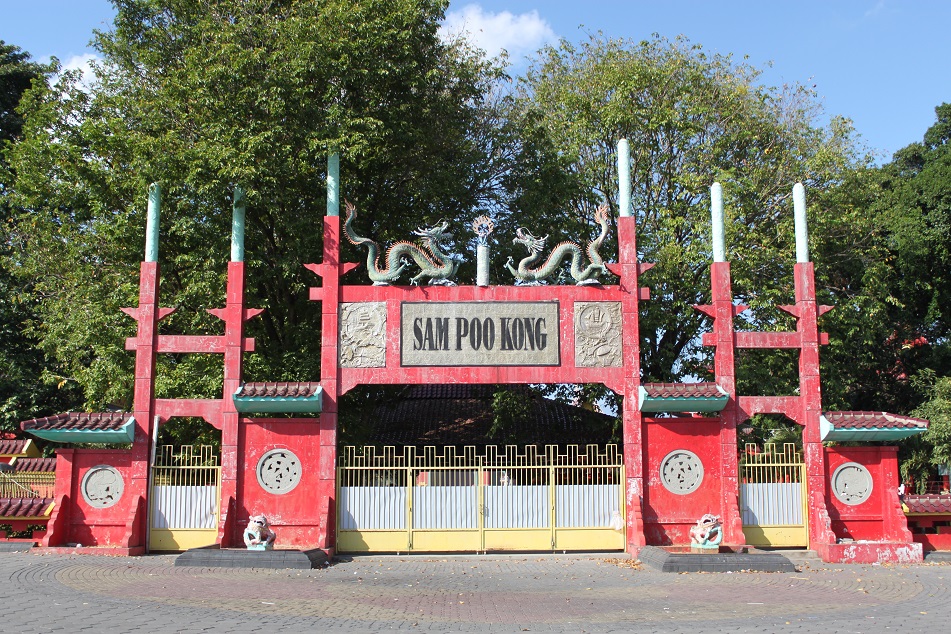


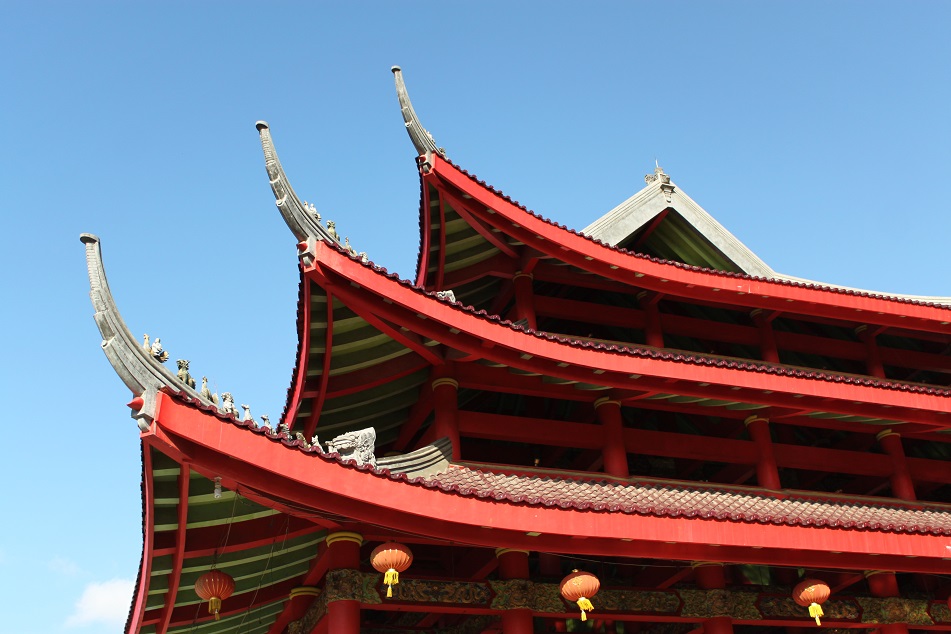
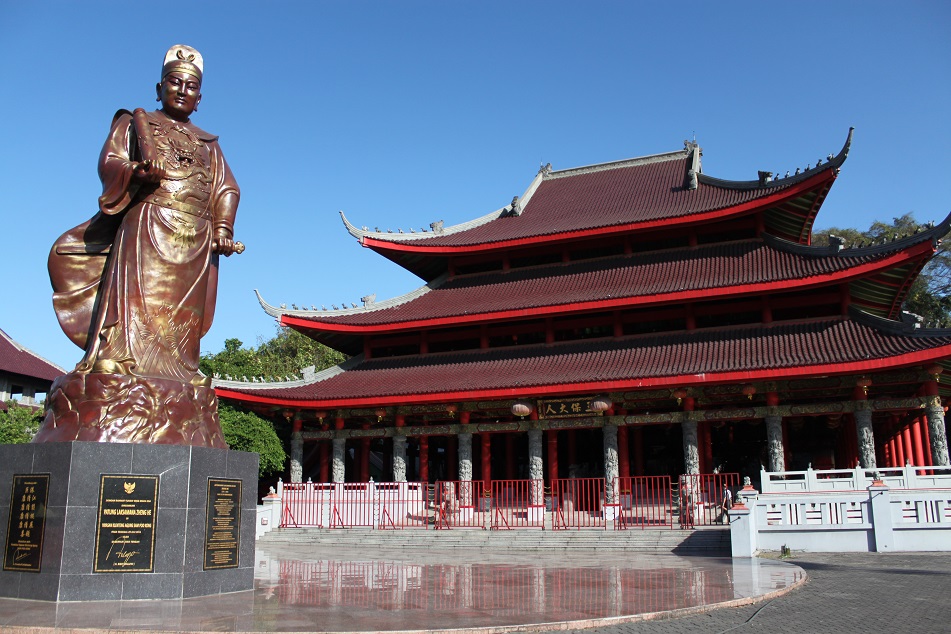
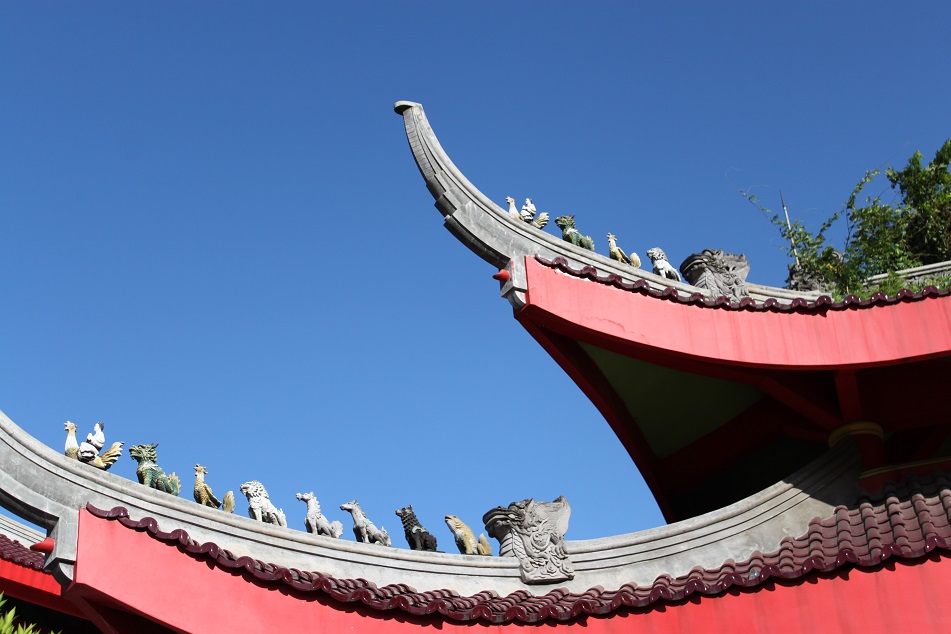

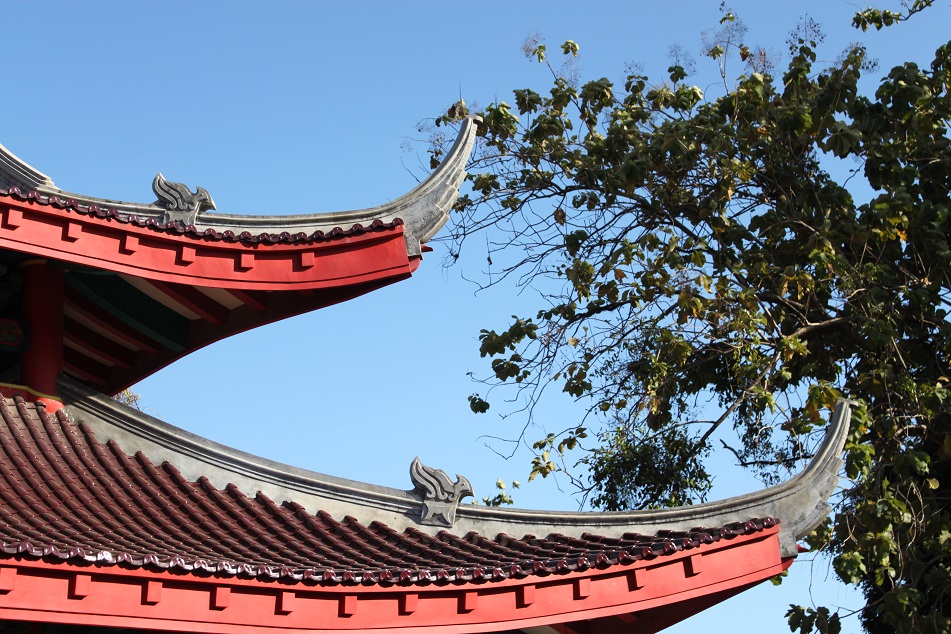
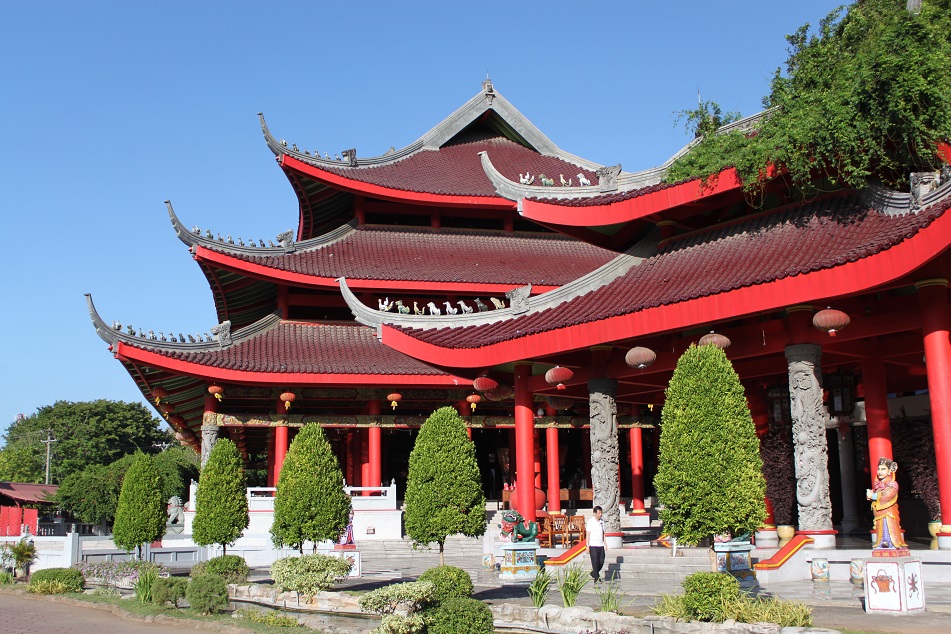
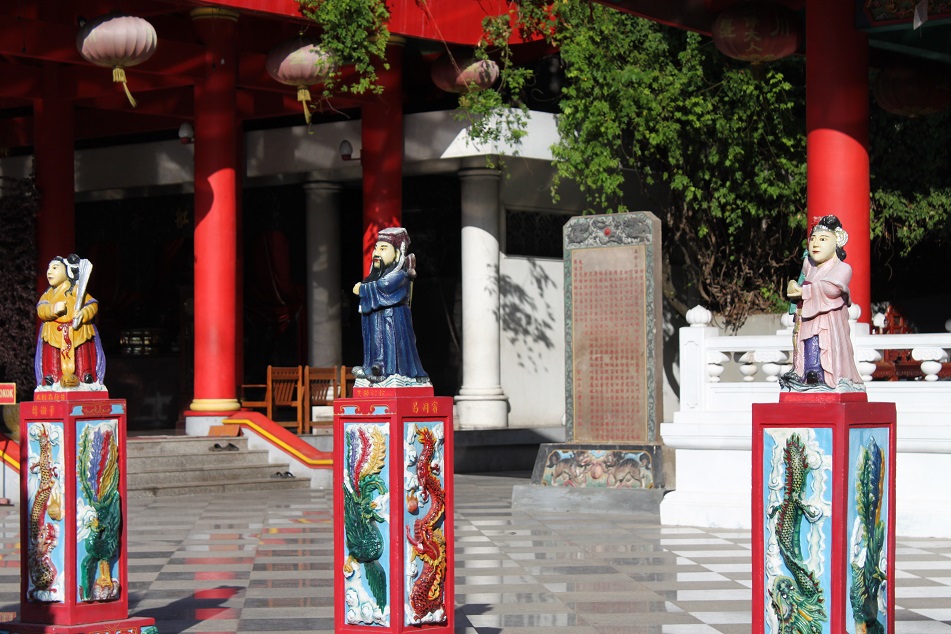

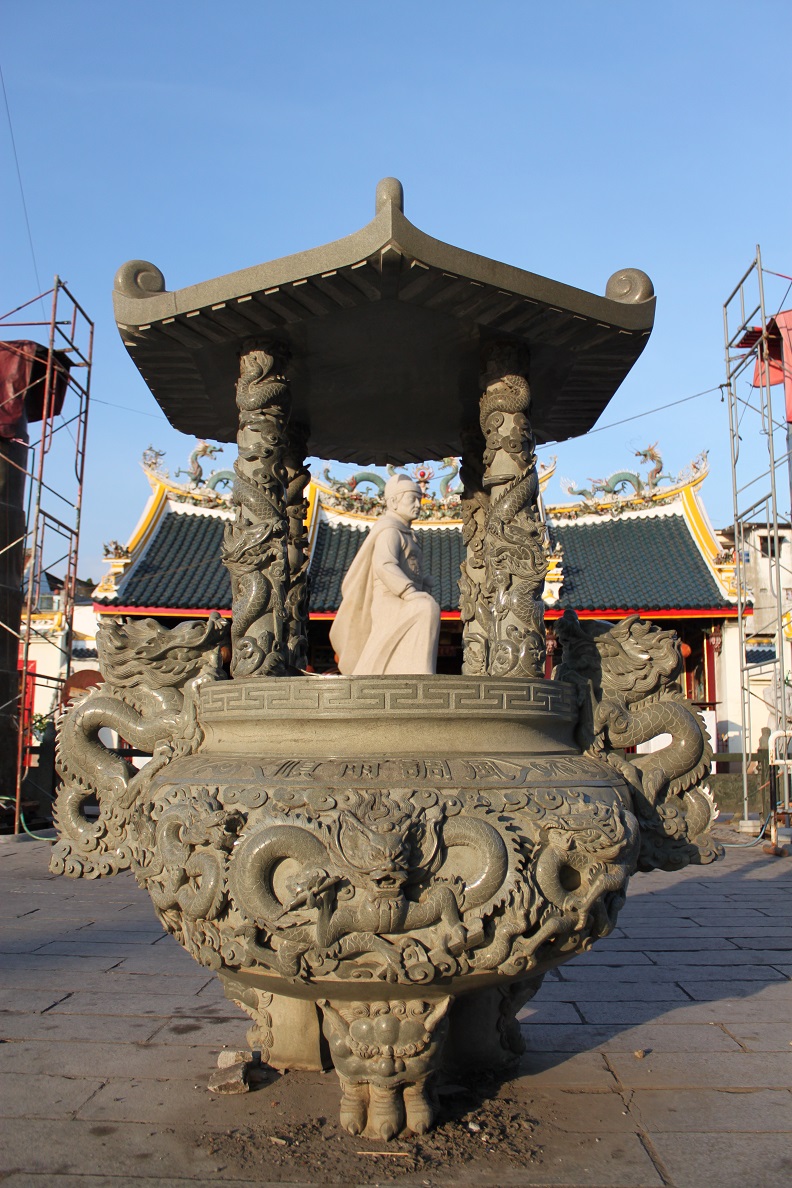
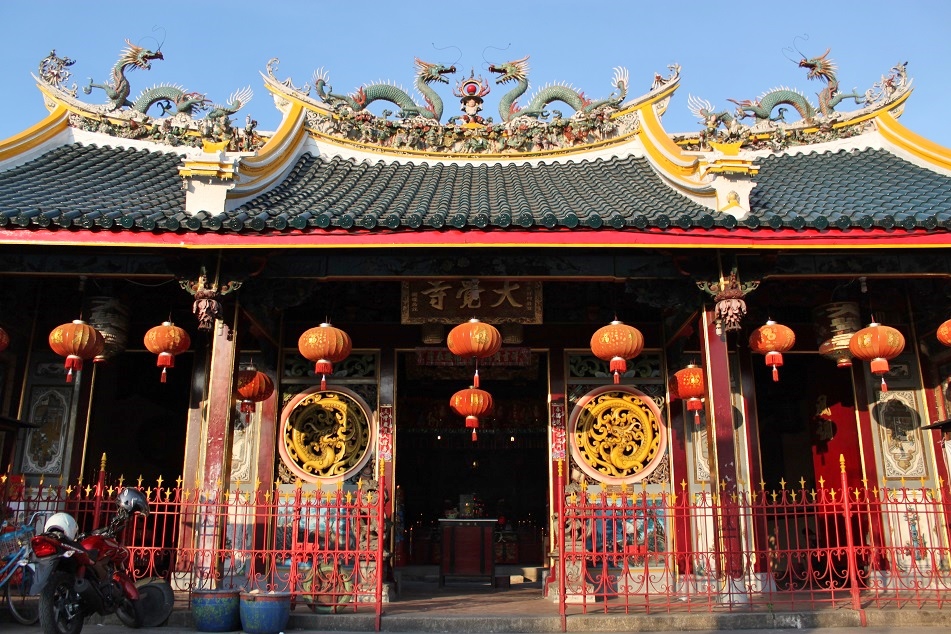

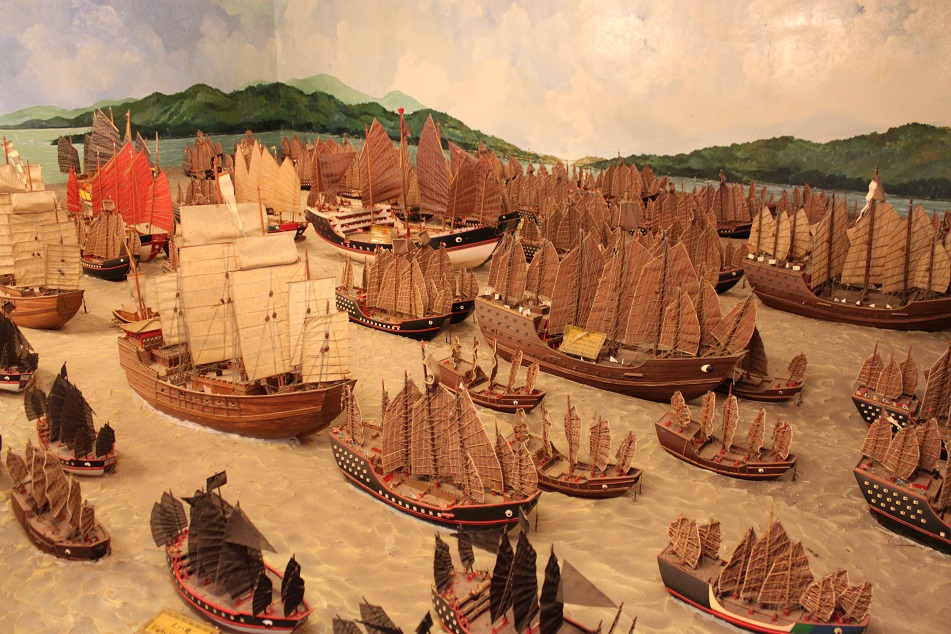
Pingback: Sabang and Hikkaduwa: After the Tsunami | What an Amazing World!
Zheng He atau Cheng Ho dalam pelafalan Indonesia ini tokoh besar seperti Colombus yang anehnya nggak terlalu diangkat kisahnya pas belajar ilmu sejarah di sekolah dasar sampai menengag. Setelah dewasa baru tahu tentang sejarah penyebaran Islam di Jawa yang ternyata dimulai dari Zheng He sebelum para wali memulainya. Nice artikel, Bama. Semoga generasi muda Indonesia yang baca ini jadi lebih paham sejarah Zheng Ho. 🙂
LikeLiked by 1 person
Nah bener banget, sama kayak pemikiranku. Kenapa ya dulu di buku sejarah yang kita baca di sekolah jarang banget disebutkan mengenai Cheng Ho. Tapi mungkin lebih ke alasan politis sih karena dulu kan pas kita sekolah masih zaman Orde Baru yang agak alergi sama hal-hal berbau Cina. Aku baru ngeh ada tokoh hebat bernama Cheng Ho itu setelah baca NatGeo Indonesia pas waktu kuliah dulu. Thank you Halim, semoga postingan ini bermanfaat buat banyak orang. 🙂
LikeLiked by 1 person
Selalu deh Bama bikin ngiler pagi2 liat foto2nya yang awesome… keren banget… udah lama ga ke Sam Poo Kong, kayaknya harus balik lagi deh.. dan sepertinya Bama perlu nambah cerita lagi soal Semarang deh… Seinget aku, Blenduk sudah, Mesjid Rayanya udah belom ya? Trus hmm itu lho pagoda yg gede…. hihihi ini pembacanya nuntut hahaha…
LikeLike
Makasih mbak. 😀 Masjid Agung Jawa Tengah pernah saya tulis di postingan sama pagoda yang di Watugong itu. Ada di sini mbak: https://harindabama.com/2014/06/15/places-of-worship-beyond-the-structure/
Gpp mbak dituntut terus, malah bikin saya semangat traveling dan nulis terus, hihihi..
LikeLiked by 1 person
It seems Zheng He had greater success in fighting pirates than present day governments of the world!!!
LikeLike
Until a few years ago the Strait of Malacca was still one of the most favorable places for pirates to operate. Fortunately the governments in the region finally took action. The same thing happens off the coast of Somalia, I think. Since western warships intensified their patrol in the region, piracy rate has declined. The number is still high, nonetheless, and more actions and prevention need to be taken.
LikeLiked by 2 people
Hyper wow! fantastically wonderful!
LikeLike
Vielen dank! Thank you for reading.
LikeLiked by 1 person
Interesting story and wonderfully written 😀
LikeLike
Thank you for reading and leaving such a kind comment, Jauza.
LikeLiked by 1 person
Totally fascinating….aku sangat menghargai postinganmu makasi 😊
LikeLike
Makasih juga for reading, Trees. Much appreciated!
LikeLike
I hate to focus on something so simple after your wonderful history and incredible temple photos, but I love that picture of the replica of the fleet! The colors are so muted and soft, and those intricate sails are just beautiful.
LikeLike
Oh Lex, while James was inspecting other things at display in the museum, I spent a good amount of time marveling at the replica of the fleet! My imagination even wandered a little bit as I pictured myself on one of the ships! 😀 Thanks for reading, Lex.
LikeLiked by 1 person
Always fun reading all the stories here. Come visit my blog today, I haven’t seen you around in a while!
LikeLike
Glad you enjoyed them, Jacob.
LikeLike
Amazing architecture and great photos. The photo of the replica of Zheng He’s treasure fleet was very interesting. It must have been huge!
LikeLike
Much appreciated! There was this illustrated comparison between Zheng He’s vessel and Vasco da Gama’s on an old issue of National Geographic. Seeing that was mind-boggling!
LikeLike
What an amazing place!!
Adis takdos
travel comedy blogger
http://www.whateverbackpacker.com
LikeLike
Hi Adis. When you’re in Semarang you should pay a visit to Sam Poo Kong.
LikeLike
Thank you for sharing such valuable information. Do know about the sahabi who went to China and is burried there too. I want details please if you have about him. Thank you
LikeLike
My pleasure, Tanveer, and thank you for reading. I’m not too familiar with that part of the history, but from a quick research a name appears in several sources: Saad ibn Abi Waqqash. Maybe you can start from there, and I’ll do more research as well.
LikeLiked by 1 person
suka kak ama Replica Zheng itu
LikeLike
Iya bagus banget memang Win.
LikeLike
Bama, although Islam reached China more than a thousand years ago, I have to say that it was never destined to become a major force because of the deeply-ingrained love of pork! Its place in the Chinese diet is so important that the word for “meat”, when not specified, typically refers to that of a pig. In Hong Kong we also use the Cantonese term “silly pig” as a form of endearment.
As for Zheng He/Cheng Ho, he is championed by the modern-day Chinese as a national hero. Understanding his voyages seems ever more pertinent now that China is growing increasingly assertive as a world power.
LikeLike
I find it both funny and fascinating how Chinese people love pork so much, more than anyone else on the planet! People in ancient Java also ate pork, but I guess they didn’t mind at all resorting only to chicken, duck, fish and beef after Islam was introduced. 🙂 Zheng He is so revered by modern-day Chinese that there is even a claim that he discovered America earlier than Christopher Columbus. Talk about historical narration fabricated to feed nationalist’s fervor.
LikeLike
Pingback: Kochi: From Spices to Kathakali | What an Amazing World!
Yes, Zheng He’s voyages appeared not to be journeys of colonialism but spreading news of the middle Kingdom’s great power. Our only hope is that the present day regime commits to a benign approach as the forebears did 500 years ago.
LikeLike
Well said, Mel & Suan! Soft diplomacy really is the best way to win the hearts of people from other countries. Continuously intimidating your neighbors would do the exact opposite. Thanks for sharing your thoughts!
LikeLiked by 1 person
Absolutely! Why can’t we all just get along!
LikeLiked by 1 person
Pingback: Galle Fort: Battleground of the Europeans | What an Amazing World!
Pingback: George Town’s Light and Shadow | What an Amazing World!
Pingback: Bounty from the Earth and Sea | What an Amazing World!
Pingback: The Chinese Connection | What an Amazing World!
Pingback: The Chinese Connection | What an Amazing World!
Pingback: Surabaya: Brash and Brave | What an Amazing World!
Pingback: Killing Time in Semarang | What an Amazing World!